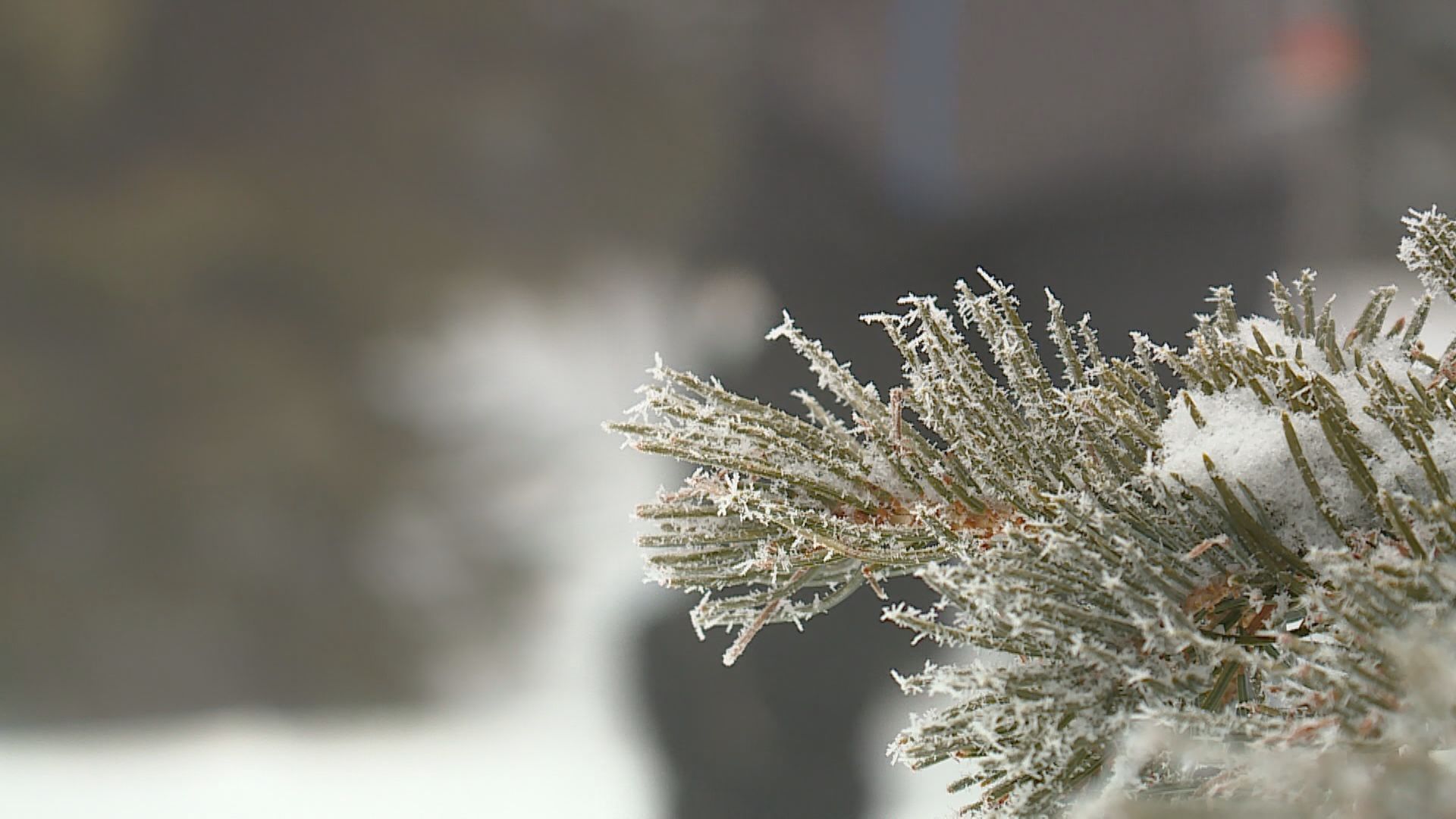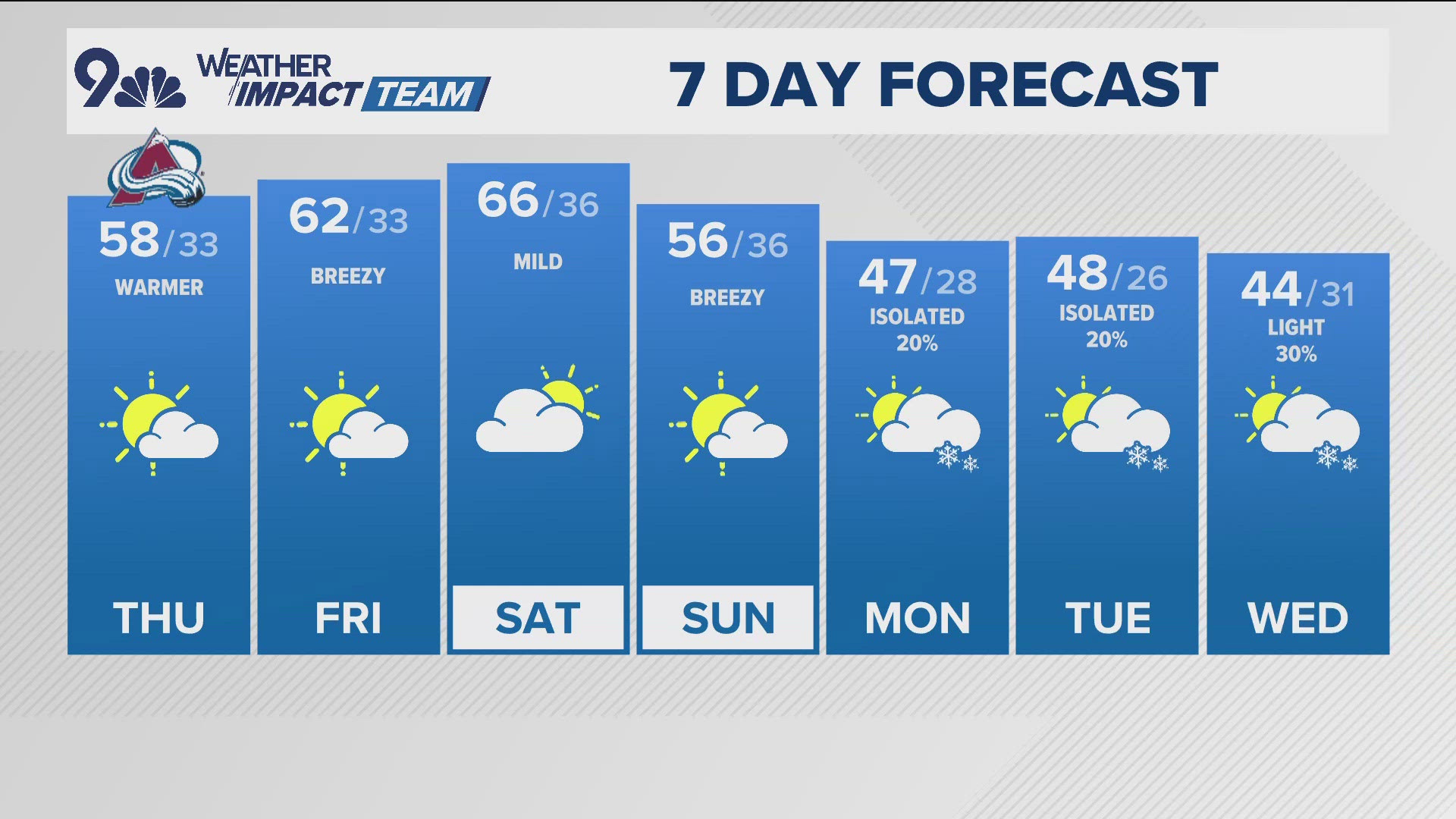The low snowpack is noticeable all over the state. The medium level is measured back to 1981, and in that period, Colorado is now tied for the second lowest.
Light snow fell Tuesday morning as a crew from the Natural Resources Conservation Service trekked into the Colorado backcountry to conduct a snowpack survey, or what they call a snow course.
“We are strictly the data providers. We collect, provide and analyze the best data we possible can,” said Karl Wetlaufer, an NRCS hydrologist.
That data is very important for state water managers trying to plan for how much water will be available in the coming years. Eighty percent of Colorado's water comes from snowpack.
The snowpack data they report is in a measurement called SWE, or snow-water equivalent.
That is how much water you would end up with if all the snow was melted.
“Generally, 7 inches of SWE is what I was expecting, and under the tree canopy it will be a little less," Wetlaufer said.

That's not too bad for that location on Berthoud Pass, which is at 78 percent of average, but it really shows you how bad things really are down to our south.
“Southwest Colorado is extremely dry. Where a lot of these sites would normally have say, in the range of 7 inches of snow water equivalent, they have like 1.2 (inches),” Wetlaufer said.
NRCS can't do manned surveys too often, so that is where automated snow telemetry, or Snowtel sites come in.
One hundred and fifteen of these sites across Colorado measure and report snow depth and snow-water equivalent every day. That is how we get those snowpack graphics that you often see published on 9NEWS.
At this point, it will be difficult to make up the deficit.
“With every week that goes by, the probability of reaching a normal snowpack just gets less and less really,” Welaufer said.
We've heard no panic from state water managers yet because we have plenty of water stored in our reservoirs across the entire state.
The peak of snowpack in Colorado is usually about the middle of April, so there is still time to make up some ground, but the La Niña weather pattern, which is getting most of the blame for our dry season, is forecast to remain in place into the spring time.


